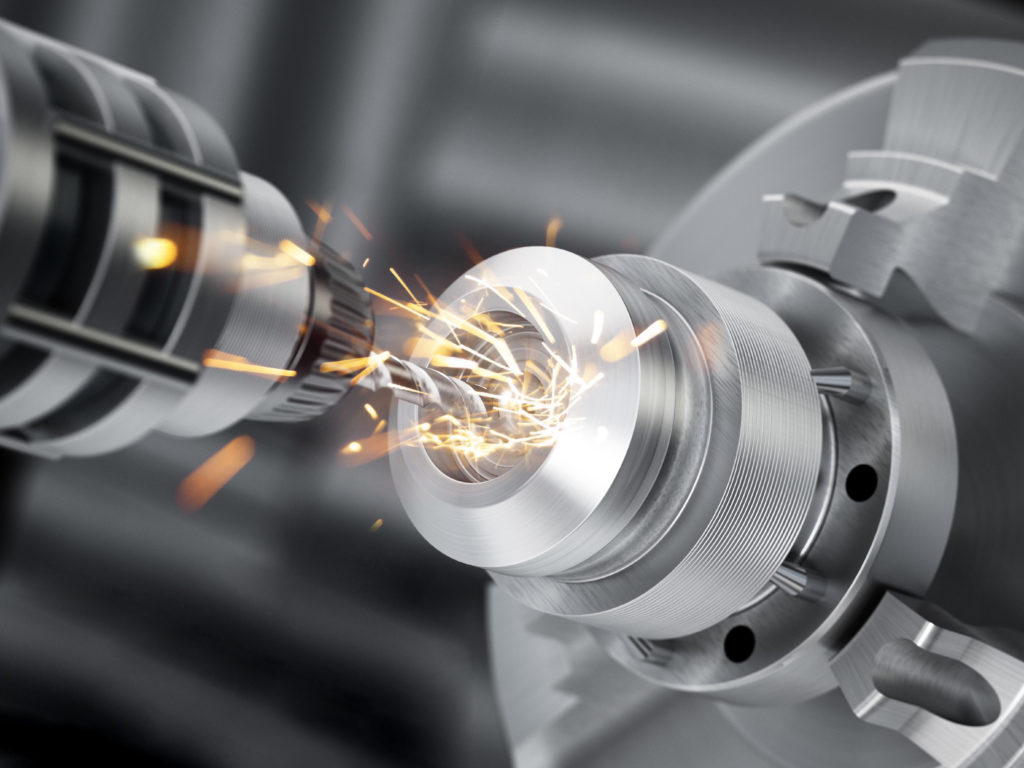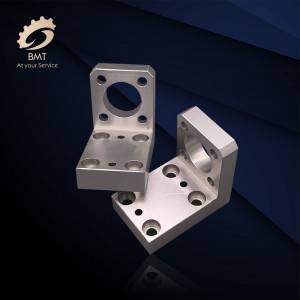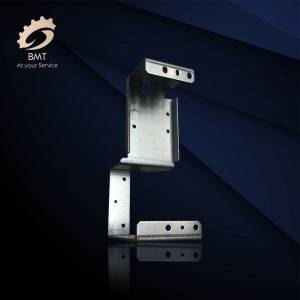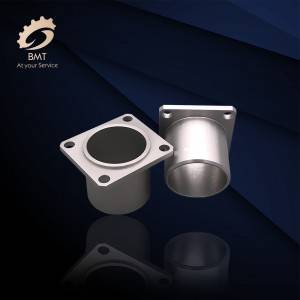Different Types of Machining Process 2
Grinding
Grinding is used to remove small amounts of material from both flat surfaces and cylindrical shapes. Surface grinder reciprocates the work on a table while feeding it into the grinding wheel. Cylindrical grinders mount the workpiece on centers and rotate it while simultaneously applying the periphery of a spinning abrasive wheel to it. Centerless grinding is used to produce small parts in high volumes where the ground surface has no relation to any other surface except as a whole. Ground surfaces of 200-500 min. RMS are usually considered acceptable for many applications and are a starting point for further finishing operations which include lapping, honing, and superfinishing.
Planing
Planing is used to machine primarily large flat surfaces, particularly ones that will be finished by scraping, such as machine tool ways. Small parts, ganged together in a fixture, are economically planed as well.
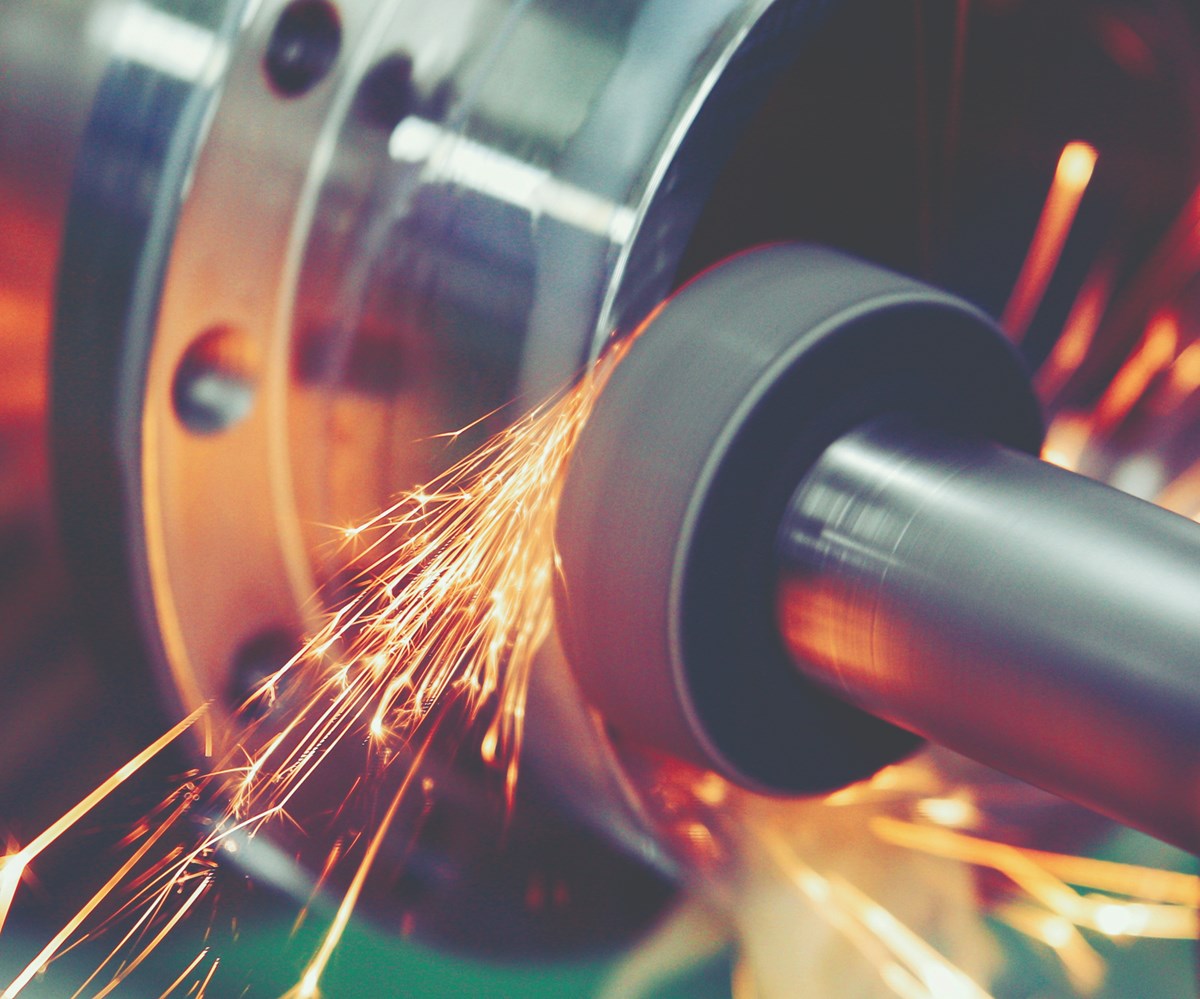
Sawing
Sawing of metals is generally performed using cut-off machines and is done to create shorter lengths from bars, extruded shapes, etc. Vertical and horizontal band saws are common, which use continuous loops of toothed bands to chisel away at the material. Speed of the band varies according to the material with certain high-temperature alloys requiring a slow 30 fpm while softer materials such as aluminum cutting at the speed of 1000 fpm or more.
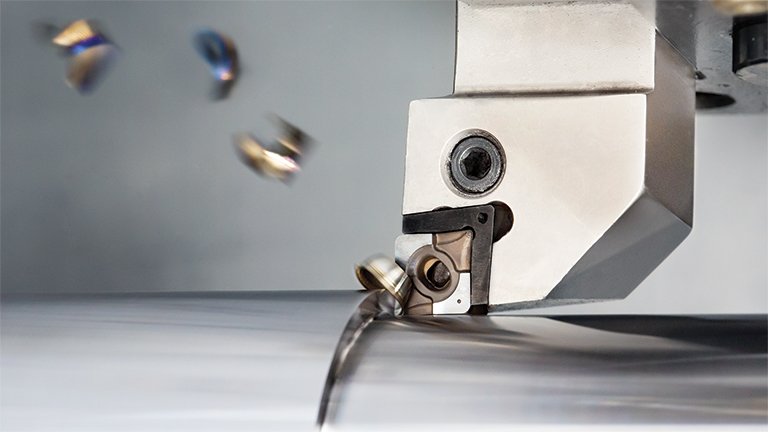
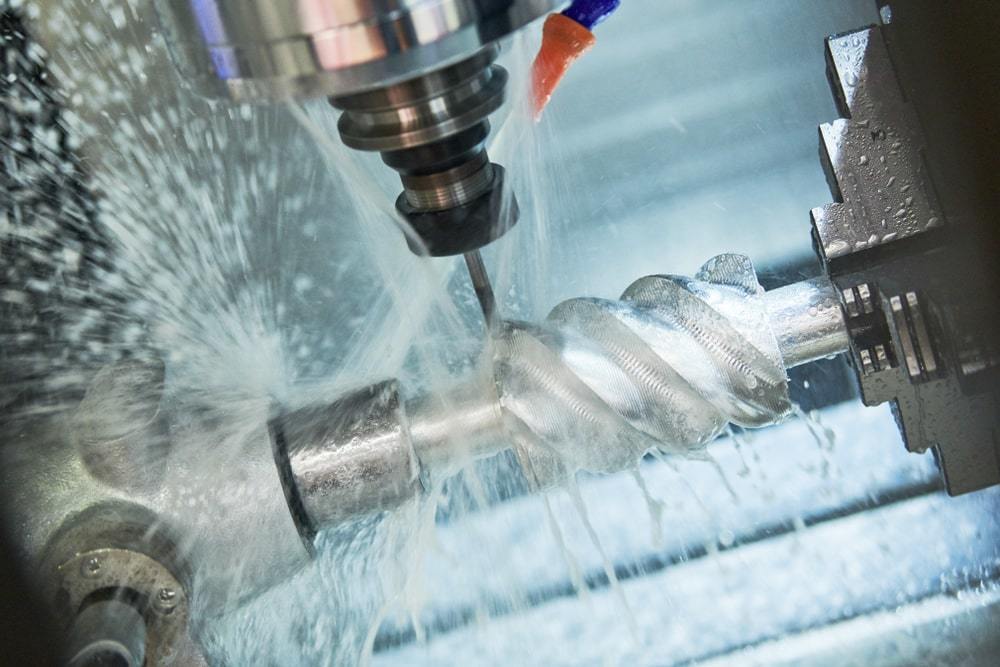
Broaching
Broaching is used to produce square holes, keyways, spline holes, etc. The broach consists of many teeth arranged sequentially almost like a file but with each successive tooth slightly larger than each previous tooth. Pulled or pushed through a prepared leader hole, the broach takes a series of progressively deeper cuts. Push broaching is often done using vertical press type machines. Pull broaching is often done with vertical or horizontal machines that in many instances are powered hydraulically. Cutting speeds range from 5 fpm for high strength metals to as many as 50 fpm for softer metals.
EDM
These are non-mechanical forms of material removal which use erosive sparks or chemicals. EDM uses a spark transmitted through a dielectric fluid from an electrode to the surface of a conductive workpiece. Very fine features can be machined by this method including small diameter holes, die cavities, etc. The discharge rate is not generally affected by hardness but by the thermal properties and conductivity of the metal.
Electro-Chemical Machining is something of a reverse electroplating process and produces burr-free holes with high surface finishes. It is a cold machining process and imparts no thermal stresses to the workpiece.
